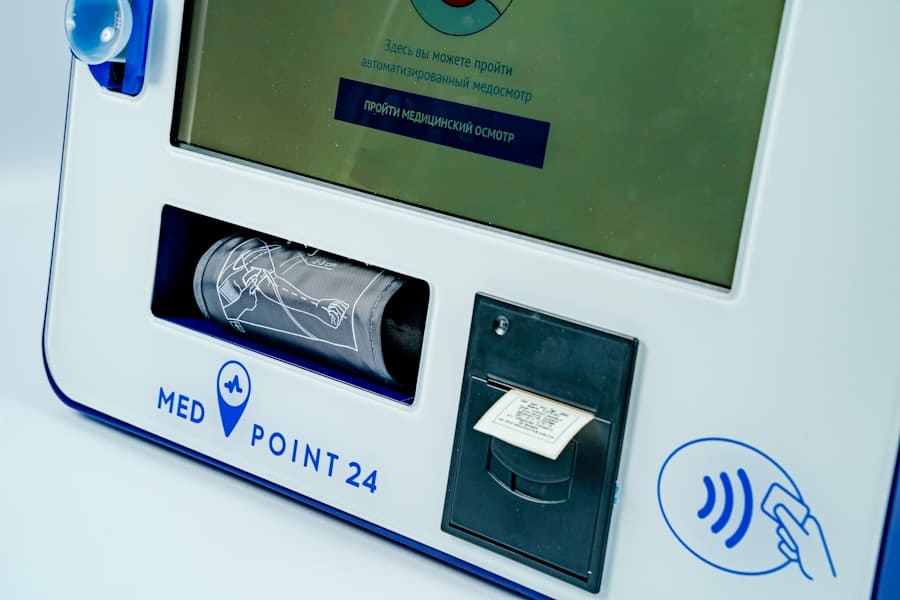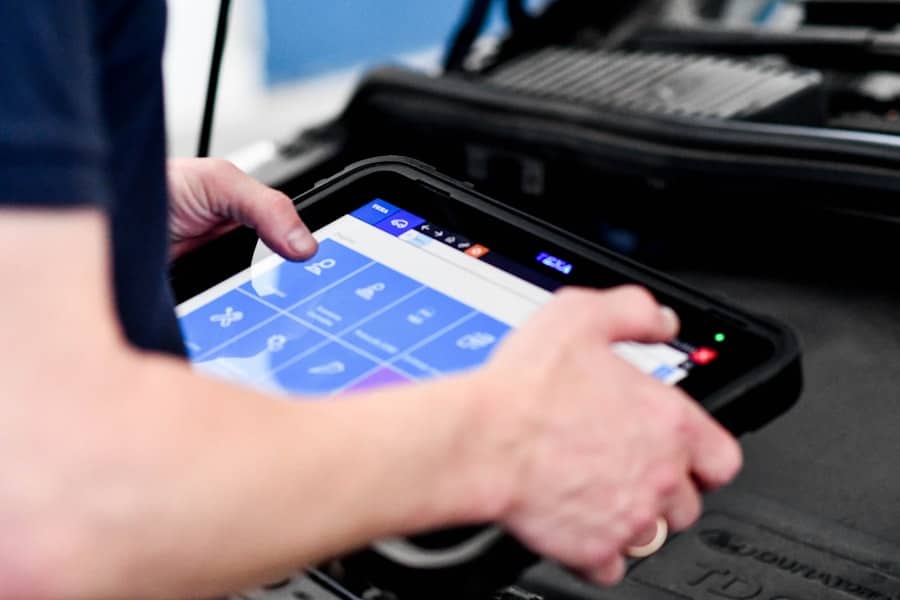Biometric privacy laws have emerged as a critical area of legal and regulatory focus in the wake of rapid advancements in technology and the increasing use of biometric data for identification and authentication purposes. Biometric data encompasses unique physical or behavioral characteristics, such as fingerprints, facial recognition, iris scans, and voice patterns. As organizations leverage these identifiers to enhance security and streamline user experiences, concerns about privacy, consent, and data protection have intensified.
The legal landscape surrounding biometric data is evolving, with various jurisdictions implementing specific regulations aimed at safeguarding individuals’ privacy rights. The introduction of biometric privacy laws is largely a response to the potential misuse of sensitive personal information. Unlike traditional identifiers such as passwords or PINs, biometric data is inherently unique to each individual and cannot be changed if compromised.
This permanence raises significant concerns about identity theft and unauthorized surveillance. As a result, lawmakers are increasingly recognizing the need for robust frameworks that govern the collection, storage, and use of biometric information. These laws not only aim to protect consumers but also establish clear guidelines for businesses that utilize biometric technologies, ensuring that ethical standards are upheld in the digital age.
Key Takeaways
- Biometric privacy laws aim to protect individuals’ biometric data from unauthorized access and use.
- Biometric privacy laws have a significant impact on device security, requiring manufacturers to implement robust security measures to protect biometric data.
- Compliance with biometric privacy laws is essential for device manufacturers to avoid legal repercussions and maintain consumer trust.
- Device manufacturers face challenges in balancing the need for biometric data collection with the requirements of biometric privacy laws, but also have opportunities to innovate and differentiate their products.
- Biometric data protection and security measures are crucial for ensuring the privacy and security of individuals’ biometric information.
Impact of Biometric Privacy Laws on Device Security
Secure Storage and Encryption
For instance, devices that utilize fingerprint recognition must ensure that the fingerprint data is stored in a secure enclave, making it inaccessible to malicious actors even if the device is compromised.
User Consent and Transparency
Compliance with biometric privacy laws necessitates a shift in how companies approach user consent and transparency. Organizations are now required to inform users about how their biometric data will be used, stored, and shared. This transparency fosters trust between consumers and manufacturers, ultimately enhancing device security.
Enhanced Security Measures
By ensuring that users are aware of their rights and the implications of sharing their biometric information, companies can mitigate risks associated with data breaches and unauthorized usage. The emphasis on user consent also encourages manufacturers to implement more robust security measures, as they must demonstrate compliance with legal standards.
Compliance with Biometric Privacy Laws
Navigating the complex landscape of biometric privacy laws presents both challenges and opportunities for organizations. Compliance requires a thorough understanding of the specific regulations applicable in different jurisdictions, as laws can vary significantly from one region to another. For example, the Illinois Biometric Information Privacy Act (BIPA) mandates that companies obtain informed consent before collecting biometric data and imposes strict penalties for non-compliance.
Similarly, the California Consumer Privacy Act (CCPA) includes provisions related to biometric data, emphasizing consumer rights regarding personal information. To achieve compliance, organizations must implement comprehensive policies and procedures that address the collection, storage, and processing of biometric data. This often involves conducting regular audits to assess data handling practices and ensuring that employees are trained on privacy regulations.
Additionally, companies may need to invest in technology solutions that facilitate compliance, such as automated consent management systems that track user permissions. By proactively addressing compliance requirements, organizations can not only avoid legal repercussions but also enhance their reputation as responsible stewards of consumer data.
Challenges and Opportunities for Device Manufacturers
Device manufacturers face a myriad of challenges in adapting to biometric privacy laws while simultaneously seizing opportunities for innovation. One significant challenge is the need to balance security with user convenience. As consumers increasingly demand seamless experiences, manufacturers must ensure that their biometric systems are both secure and user-friendly.
This often requires investing in research and development to create advanced algorithms that can accurately authenticate users without compromising security. On the other hand, the evolving regulatory landscape presents opportunities for manufacturers to differentiate themselves in a competitive market. Companies that prioritize compliance with biometric privacy laws can position themselves as leaders in ethical technology practices.
By developing products that not only meet legal requirements but also exceed consumer expectations for privacy and security, manufacturers can build brand loyalty and trust. Furthermore, as awareness of biometric privacy issues grows among consumers, those companies that proactively address these concerns may gain a competitive edge by appealing to privacy-conscious users.
Biometric Data Protection and Security Measures
The protection of biometric data is paramount in an era where cyber threats are increasingly sophisticated. To safeguard this sensitive information, organizations must implement a multi-layered approach to security that encompasses both technological solutions and organizational policies. Encryption is one of the most effective measures for protecting biometric data during transmission and storage.
By encrypting biometric templates—digital representations of an individual’s unique characteristics—companies can ensure that even if data is intercepted or accessed without authorization, it remains unreadable. In addition to encryption, organizations should adopt strict access controls to limit who can view or manipulate biometric data. Implementing role-based access controls ensures that only authorized personnel have access to sensitive information, reducing the risk of insider threats.
Regular security assessments and penetration testing can also help identify vulnerabilities within systems that handle biometric data. By continuously monitoring and updating security protocols, organizations can stay ahead of emerging threats and maintain compliance with biometric privacy laws.
Consumer Rights and Biometric Privacy Laws
Transparency and Access
Many biometric privacy laws grant consumers the right to access their biometric data held by organizations, allowing them to understand how their information is being used and stored. This transparency is crucial in fostering trust between consumers and businesses.
The Right to Erasure
Consumers often have the right to request the deletion of their biometric data under certain circumstances. This right to erasure is particularly important in cases where individuals no longer wish for their biometric information to be retained or where consent has been withdrawn.
Encouraging Responsible Data Management
By providing consumers with these rights, biometric privacy laws encourage organizations to adopt responsible data management practices while reinforcing the notion that individuals should have agency over their personal information.
Global Trends in Biometric Privacy Laws
As technology continues to advance at an unprecedented pace, global trends in biometric privacy laws are emerging in response to growing concerns about privacy and security. Countries around the world are beginning to recognize the need for comprehensive regulations that address the unique challenges posed by biometric data collection and usage. For example, the European Union’s General Data Protection Regulation (GDPR) includes provisions specifically related to biometric data, categorizing it as sensitive personal information subject to strict processing requirements.
In addition to Europe, several countries in Asia and North America are also enacting or considering similar legislation. In Canada, for instance, discussions around updating privacy laws have included provisions for biometric data protection. Meanwhile, countries like Australia are exploring frameworks that would enhance consumer rights concerning personal information, including biometrics.
These global trends indicate a growing consensus on the importance of establishing robust legal protections for individuals’ biometric data while promoting responsible innovation in technology.
Future Outlook for Device Security and Biometric Privacy Laws
The future outlook for device security in relation to biometric privacy laws is characterized by an ongoing evolution driven by technological advancements and regulatory developments. As artificial intelligence (AI) and machine learning continue to enhance biometric recognition systems, there will be an increasing need for corresponding legal frameworks that address new challenges associated with these technologies. For instance, as AI algorithms become more sophisticated in analyzing behavioral biometrics—such as keystroke dynamics or gait analysis—regulations will need to adapt to ensure ethical usage.
Furthermore, as public awareness of privacy issues grows, consumers will likely demand greater accountability from organizations regarding their handling of biometric data. This shift could lead to more stringent regulations globally as governments respond to public sentiment by enacting laws that prioritize consumer protection. Device manufacturers will need to remain agile in this dynamic environment, continuously innovating while ensuring compliance with evolving legal standards.
In conclusion, the interplay between device security and biometric privacy laws will shape the future landscape of technology adoption and consumer trust. As organizations navigate these complexities, they will have opportunities not only to enhance security measures but also to foster a culture of transparency and accountability that resonates with consumers’ growing concerns about their personal information.
A related article to “How Biometric Privacy Laws Are Reshaping Device Security” is “The Best Laptops for Video and Photo Editing” which discusses the importance of having secure devices for editing sensitive content. To read more about this topic, check out the article com/the-best-laptops-for-video-and-photo-editing/’>here.
FAQs
What are biometric privacy laws?
Biometric privacy laws are regulations that govern the collection, storage, and use of biometric data, such as fingerprints, facial recognition, and iris scans, to protect individuals’ privacy and security.
How do biometric privacy laws impact device security?
Biometric privacy laws impact device security by requiring manufacturers to implement stronger security measures to protect biometric data stored on devices, such as smartphones and laptops, from unauthorized access and misuse.
What are some examples of biometric privacy laws?
Examples of biometric privacy laws include the European Union’s General Data Protection Regulation (GDPR), the Illinois Biometric Information Privacy Act (BIPA), and the California Consumer Privacy Act (CCPA), which all have provisions related to the collection and use of biometric data.
What are the key principles of biometric privacy laws?
Key principles of biometric privacy laws include obtaining informed consent for collecting biometric data, implementing security measures to protect the data, and providing individuals with the right to access and control their biometric information.
How are companies adapting to comply with biometric privacy laws?
Companies are adapting to comply with biometric privacy laws by implementing encryption and other security measures to protect biometric data, obtaining explicit consent from individuals before collecting their biometric information, and providing transparency about how the data is used.



